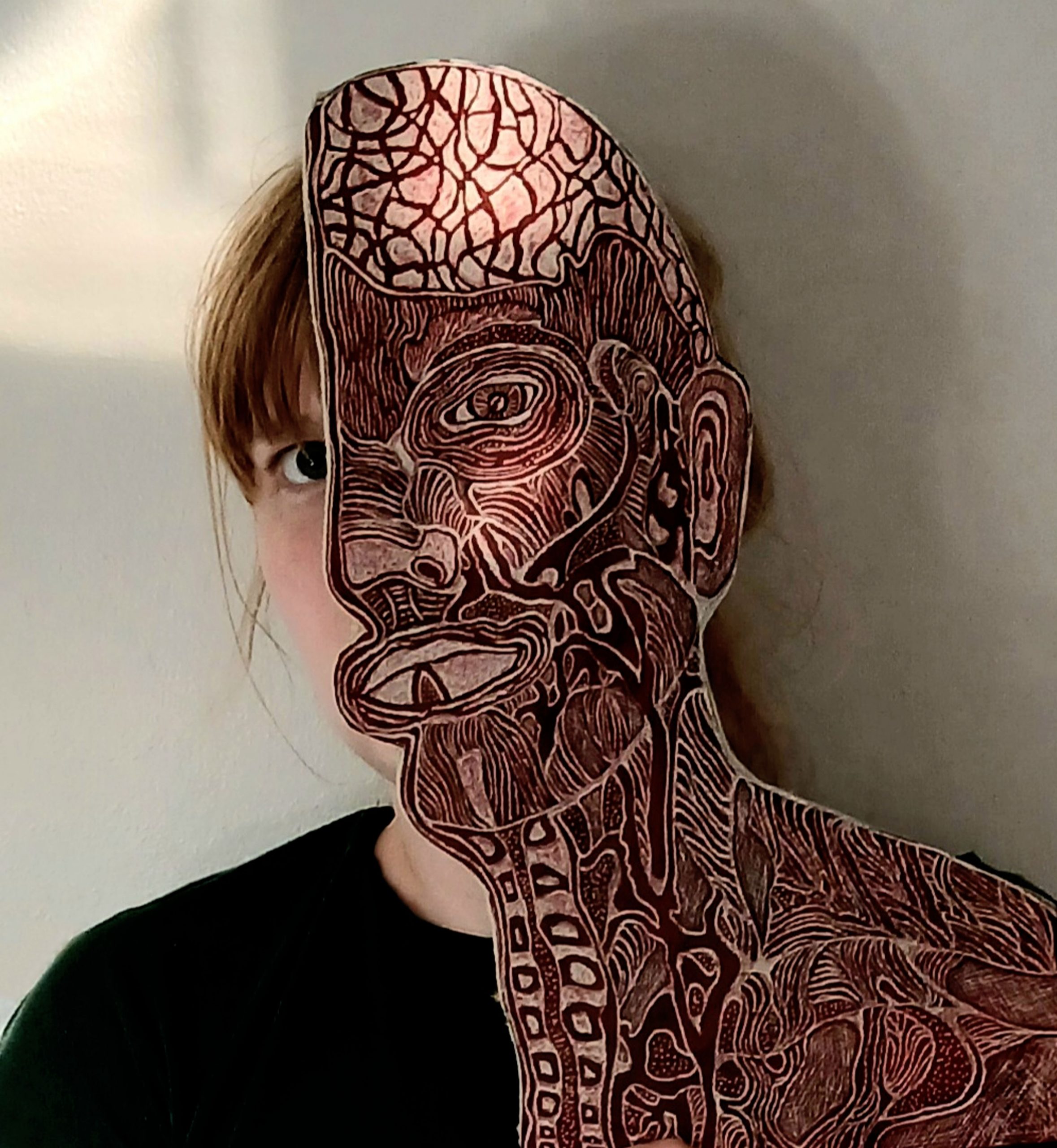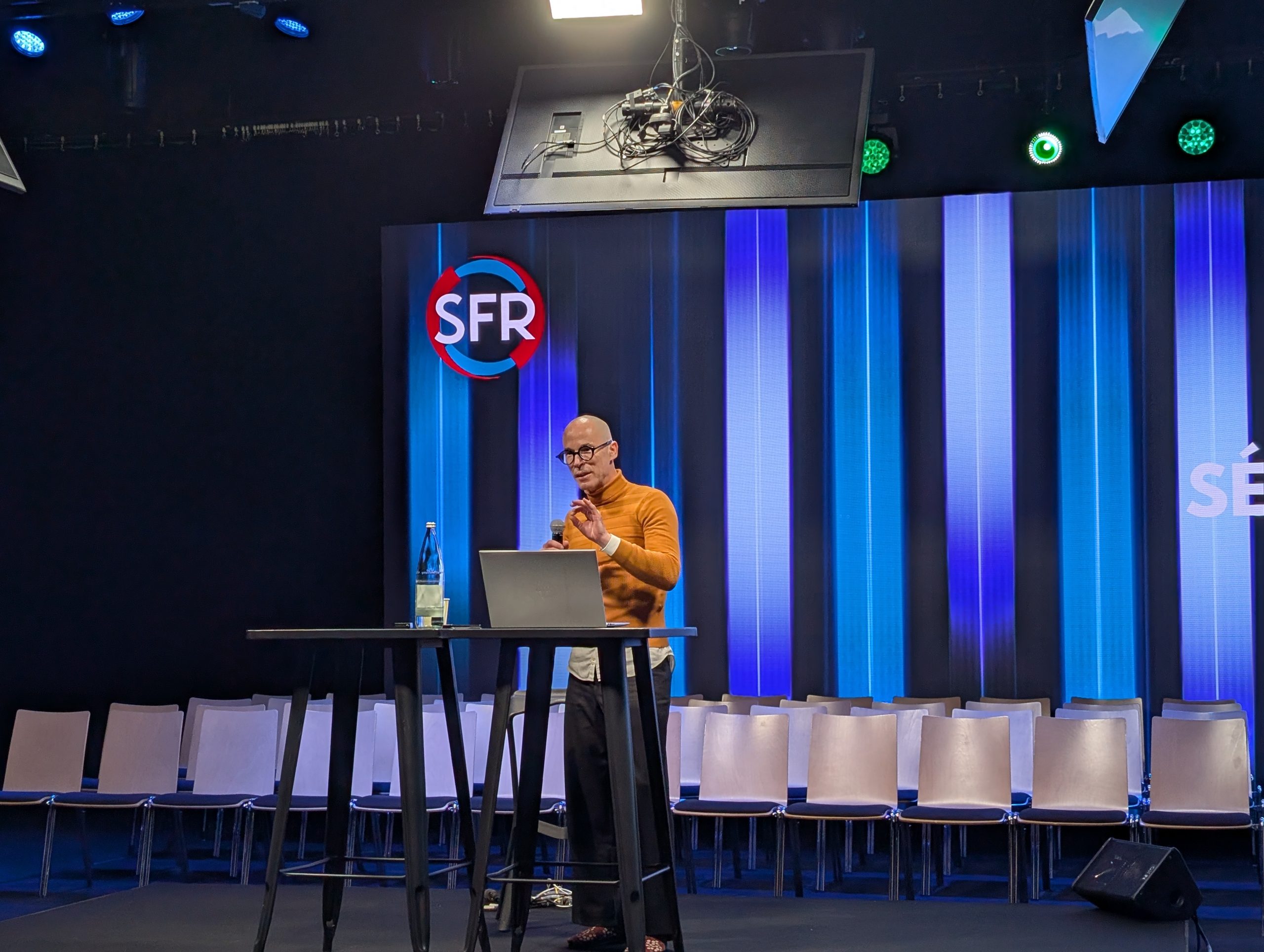
From April 28-30, in Odense, phenomenologists gathered to talk a range of topics, including vaccine hesitancy, the impact of AI, experiences of autism, and therapeutic relationships in psychoanalytic treatment settings. Irene Groenevelt, who is currently a postdoc in the V|LF-Spiro3D consortium, gave a presentation titled Imag(in)ing breathing bodies. Here’s a short summary of the presentation.
While breathing might rarely be a direct focus of attention, breath itself is far from invisible. In cultural iconography, breathing is imagined as scenic and serene, and images of breathing often feature persons embedded in an idealized life world (e.g., a forest or a beach). Calm breathing is culturally understood to be a source of wellbeing and can be a cultivated practice (as is the case in breath work and yoga). Breathing clues and patterns are also important to speech and are indicators of social class belonging. And in social justice discourses, breathing (space) is regarded as a political matter that is undermined by social oppression and inequalities.
In the global North, the norm is that breathing is done in a silent and controlled manner. Indeed, the lungs are the only visceral organ that can be directly regulated – to a certain degree. For people with a lung pathology, it is very difficult or even impossible to live up to this norm. Especially when people experience severe breathlessness, breathing is audible and beyond individual control, leading to experiences of marginalization and social stigma. Moreover, research shows how people with a lung pathology experience symptom discordance, meaning that patients experience a discrepancy between first-person perspectives (i.e., lived experiences of the patient) and third-person perspectives (i.e., clinical measured of the lungs).
While various factors feed into this discordance, part of the reason might be that current technologies do not capture regular breathing patterns. Imaging technologies such as CT and MRI produce images of a still body and as such de-temporalize and spatialize the human body. Spirometry also does not measure the pace or cadence of breathing but is regularly used to measure the force and volume of a single forced breath. By measuring breath in tidal volume, as V|LF Spiro3D sets out to do, it might well be that clinical measures will be better aligned with patients’ lived experiences of breathing and, as such, have a mitigating effect on the current problem of symptom discordance.













